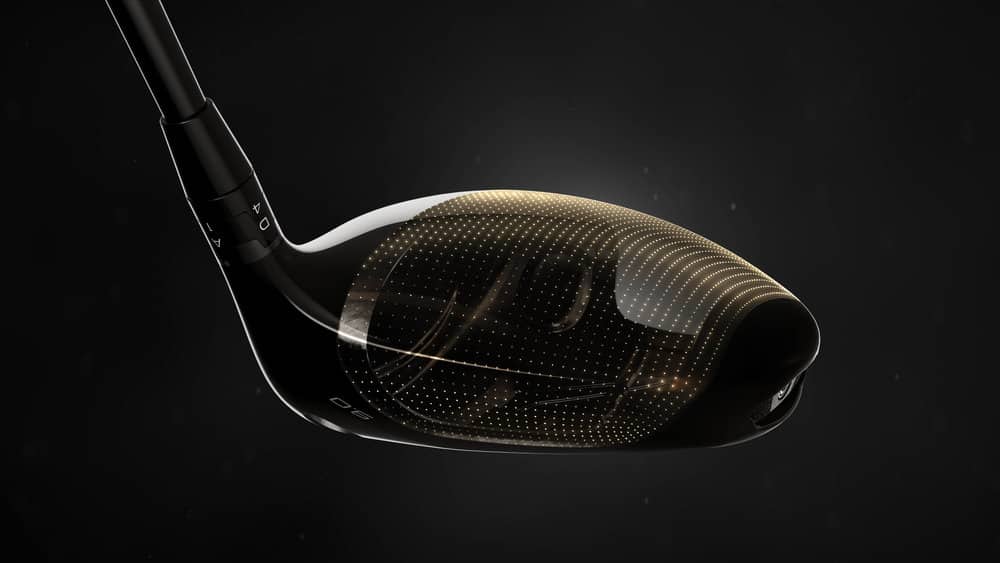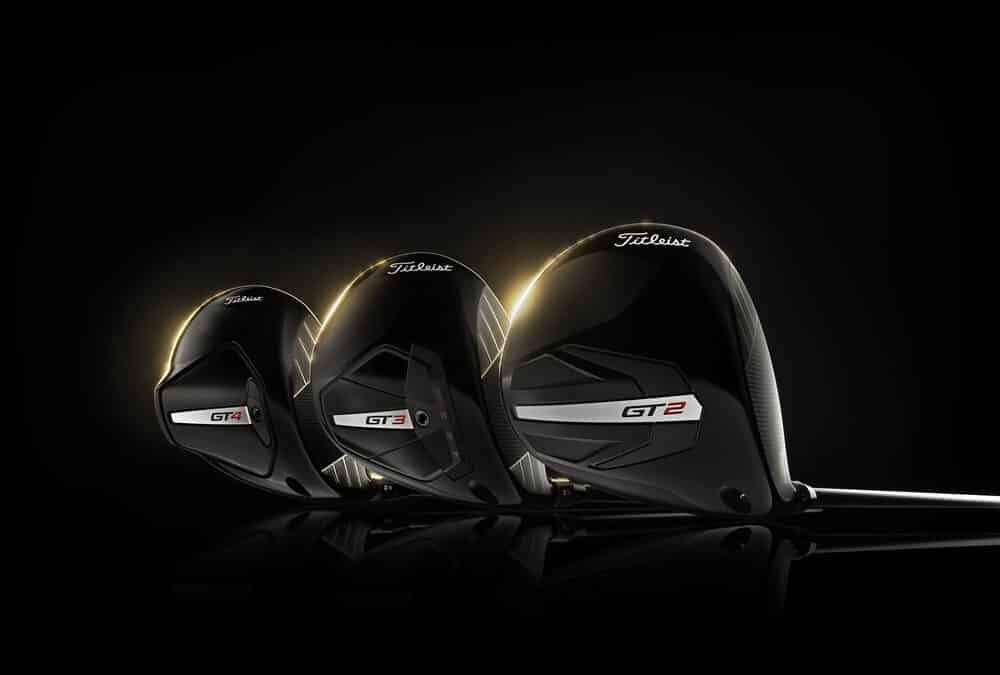The Acushnet Co. (MODG: NYSE) will have its highly-anticipated Titleist GT drivers at retail beginning Aug. 23. The company calls the GT2, GT3 and GT4 drivers ($649 and $849) the “most advanced and best-performing drivers’’ to ever bear the Titleist script.
“The GT line represents a monumental leap forward for Titleist driver design and engineering,” said Stephanie Luttrell, Director, Titleist Metalwood Product Development. “The breakthroughs we made in material, construction, shaping and design weren’t possible in prior generations. All the advancements found in GT are working in concert to create the highest-performing driver we have ever made.”
The GT2 is designed for speed and forgiveness across the face with a higher-MOI setup. GT3 is designed for fine-tuned speed and control, maximizing distance and optimizing flight. GT4 is a low-spin, 430cc driver designed to eliminate excessive spin and deliver a fast, penetrating trajectory.
Each driver in the GT line features an all-new Seamless Thermoform Crown comprised of a new Proprietary Matrix Polymer. This unique, ultra-light material allowed Titleist engineers to place discretionary mass in the optimal locations for each model, providing exceptional speed and stability with GT’s Split Mass Construction. GT maintains the classic Titleist driver look at address with a clean transition between the crown and the club’s titanium body, and the acoustic properties of the Proprietary Matrix Polymer preserve a player-preferred sound and feel. Refined aerodynamics increase clubhead speed, and a new Speed Ring and VFT face design contribute to faster ball speed on on- and off-center strikes. The sum of these advancements creates an exceptionally fast driver that offers extremely consistent spin and launch conditions across the face
“When we set out to build a better performing driver in GT, it was important for us to take a step back and consider all performance attributes,” said Luttrell. “Our design philosophy has always been about balanced performance. We’re never looking to execute just one parameter to the maximum level. We are looking to improve upon all performance attributes to optimize and deliver total driving performance.”
Each model in the GT lineup features an ultra-lightweight crown made from a new Proprietary Matrix Polymer. The material, never used previously in golf clubhead design, afforded Titleist engineers unprecedented design solutions regarding internal weight positioning, unlocking gains across multiple categories of driver performance. The crown is wrapped to the sole using an advanced thermoforming process, resulting in a clean look with no visible seam or transition between material.
“The density of this crown is approximately three times lighter than where we were in an all-titanium construction,” said Luttrell. “By wrapping the crown down to the sole, we optimize the mass distribution throughout the head, allowing us significant advantages in designing to our center of gravity and inertia goals.”
In moving to a multi-material construction, one of the top priorities from Titleist’s R&D team was to preserve the classic sound of Titleist metals. The unique acoustic properties of the Proprietary Matrix Polymer allowed Titleist engineers to fine-tune tremendous sound and feel while still maximizing the weight-saving gains from GT’s new construction.
The weight savings that resulted from GT’s Seamless Thermoform Crown gave Titleist engineers the ability to re-position discretionary weight in optimal positions within the clubhead. Mass was strategically pushed both towards the front of the club, unlocking greater speed through CG placement, and towards the rear, offering stable, high-MOI performance. CG placements across the three models vary, giving players the opportunity to find the right combination of speed, launch angle and spin for their games with three unique setups.

Seamless Thermoform Crown
“The discretionary mass we gained from the Thermoform Crown allowed us to move the centers of gravity exactly where we wanted them,” said Luttrell. “How did we distribute the mass savings? We split the mass, isolating it incredibly low and forward, and taking the remainder of the mass and pushing it to the back of the head. We were able to get incredible speed along with stability from that balanced mass position.”JPG
The weight savings that resulted from GT’s Seamless Thermoform Crown gave Titleist engineers the ability to re-position discretionary weight in optimal positions within the clubhead. Mass was strategically pushed both towards the front of the club, unlocking greater speed through CG placement, and towards the rear, offering stable, high-MOI performance. CG placements across the three models vary, giving players the opportunity to find the right combination of speed, launch angle and spin for their games with three unique setups.
“The discretionary mass we gained from the Thermoform Crown allowed us to move the centers of gravity exactly where we wanted them,” said Luttrell. “How did we distribute the mass savings? We split the mass, isolating it incredibly low and forward, and taking the remainder of the mass and pushing it to the back of the head. We were able to get incredible speed along with stability from that balanced mass position.”
Improvements to internal construction and weight distribution have allowed greater optimization of aerodynamics across the three models, a breakthrough that was previously impossible to execute due to design constraints. The GT drivers feature refined profiles that help reduce drag and increase clubhead speed.
“In our aerodynamic research and engineering, we study head shaping, particularly crown and sole curvature, to optimize air flow connection, reducing turbulence and drag,” said Luttrell. “The result is a significant gain in clubhead speed.”
GT’s exceptionally fast face, according to Luttrell, has two key technologies behind it. An upgraded titanium Speed Ring reinforces and stabilizes the perimeter of the clubface, which produces maximum ball speed for on-center strikes, while Variable Face Thickness (VFT) works to preserve consistently fast ball speeds on off-center strikes, eliminating excessive distance drop-off.
“The Speed Ring maximizes COR [coefficient of restitution] on the center and as a result maximizes ball speed,” said Lutrell. “But Speed Ring naturally constrains the face perimeter, which could result in lower performance off center. That’s where VFT comes into play. VFT effectively allows us to discretely thin the face, expanding the sweet spot size and maximizing speed on mishits.”
Photos Courtesy of the Acushnet Co.

